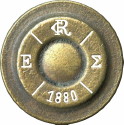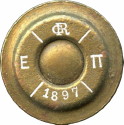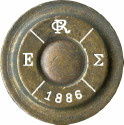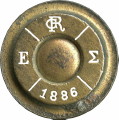During the Franco-Prussian War the French were armed with the Chassepot rifle that was adopted in 1866. It was a better rifle in all aspects that the Dreyse needle-fire rifle the Prussian forces were using, but notwithstanding that they still lost the war, more because of poor leadership than defective rifles. Their loss led to sweeping changes, including research and development of a self-contained metallic cartridge in the same vein as most European powers at that stage. Like many existing militaries, it was easier and much more cost effective to make use of what they already had and converted their current service rifles to utilise a self-contained metallic cartridge. French Colonel Basile Gras developed a modification of the Chassepot and the 11mm Gras, or Fusil Modèle 1874 was adopted on the 7th of July 1874. It stayed the service cartridge of the French Army until replaced by the M1886 Lebel.

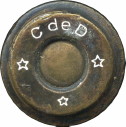

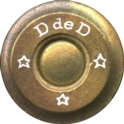

The first specimen is for COMPTOIR de DJIBOUTI and the second is for the DEPOT DE DJIBOUTI that was in the old French colony of Cote des Somalis. Both are by SFM ca 1905 for export to be sold on the local market covering the whole area down to the Sudan, Ethiopia and northwards to the Emirates.
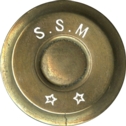

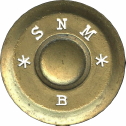

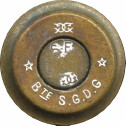
 Short Range Training. (Lead ball missing)
Short Range Training. (Lead ball missing)
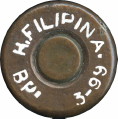
 Unknown Manufacturer. (Originally #8248 from the White & Munhall Collection)
Unknown Manufacturer. (Originally #8248 from the White & Munhall Collection)
Below are Greek contract loads by Georg Roth for the Greek Powder and Cartridge Co., Athens, Greece.
